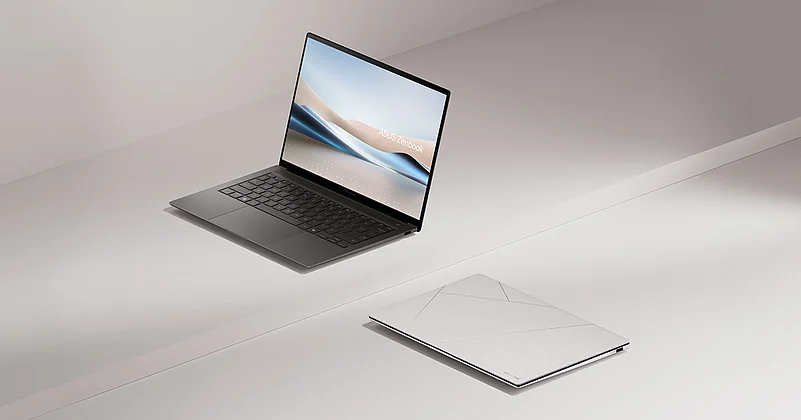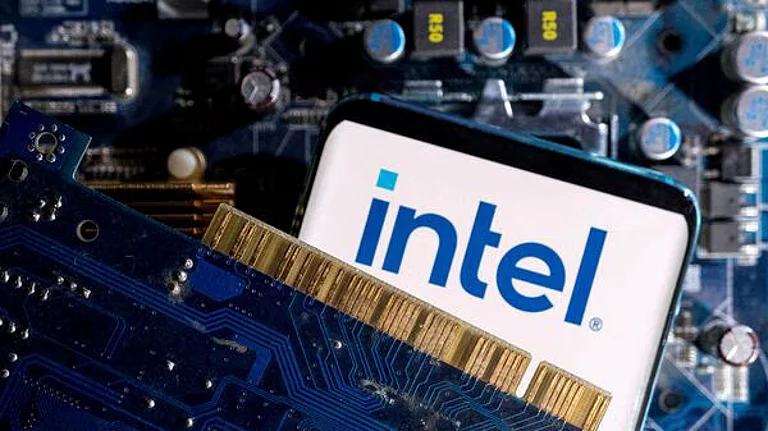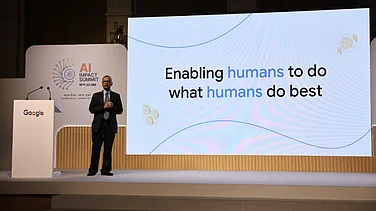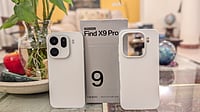A laptop from the house of Asus turned out to be my favourite laptop of 2023. It may not have been the fastest or the one with the longest battery, but overall, it was a well-put-together machine that surprised me in many ways. It’s the end of 2024, which may be the case this year.
The Asus Zenbook S 14 OLED laptop amazes you in many ways. It may ultimately not be my favourite of the year (I still have to think hard about it), but it’s definitely recommended, from my side, if you’re in the market for an Intel Lunar Lake/Core Ultra (Series 2) laptop.
The new Core Ultra(Series 2) chips focus on greater efficiency. This translates to better battery life, graphics performance boost (integrated Arc GPU) and increased CPU performance. Battery life has been the focus for AMD and ARM-based processors from Qualcomm and Apple. It’s no wonder that Intel is also doubling down on it. We’ve seen some crazy runtimes this year, and who knows what the future holds.
The Zenbook S 14 OLED was launched at a starting price of Rs 1,42,990. The absolute top-end variant comes with 32GB RAM and 1TB of storage and is priced at a reasonable Rs 1,49,990. It has the Intel Core Ultra 7 258V (Series 2) CPU and Intel’s newly updated Arc 140V GPU. That NPU handles all AI tasks.
Let’s dive deep, starting with the design.
One of the best-looking laptops
Yes, the Zenbook S 14 OLED is one of the best-looking laptops on the market. It’s got a new material, this time around, called “Ceraluminium’, combining ceramic and aluminium. This material can better withstand scratches/smudges and even small knocks. I can attest to this after using the laptop for a couple of weeks. I hardly had to clean the fingerprints (because there weren’t any), and a few smudges were easily removed here and there.
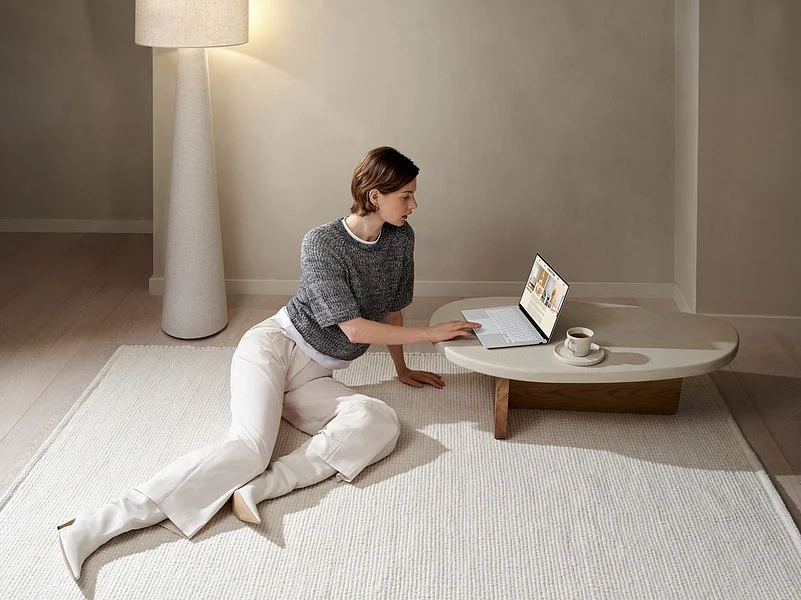
The best part of the design is the lid. Silver lines run across the lid, with the Zenbook logo in the top left corner. Asus focused on enhanced airflow and thermal efficiency for this year’s flagship Zenbook. There’s a geometric grille design just above the keyboard. This one features 2,715 CNC-machined cooling vents. What that translates to is a much cooler laptop that never overheats. There are also dual fans and an ultra-slim vapour chamber for a cool and quiet time, even when you try to max out the laptop's performance.
With Asus, you can be rest assured that the laptop will be well-built (it’s got US MIL-STD 810H certification). The laptop’s hinge features no flex, and the hinge itself is sturdy. The lid can be opened with one finger. The only downside is that the lid doesn’t go as far back as 180 degrees like some other laptops on the market.
Fortunately, the laptop comes with sufficient ports for a regular user. There are two USB Type-C ports, a USB Type-A port, a HDMI 2.1 port (hallelujah), and a 3.5mm audio jack.
How does the laptop perform?
Superbly. That’s the one word that comes to mind whenever I think of the laptop and my time using it. Yes, it isn’t a gaming laptop, so don’t expect the latest AAA titles to play at their highest settings without a drop in FPS/performance. Barring that, the laptop can take whatever you throw at it. Being such a thin-and-light laptop, the performance surprised me. Like a Samsung to a OnePlus, the Zenbook isn’t the fastest, nor is it aiming to be. But it gets through daily tasks, including using Adobe Photoshop for photo editing, without breaking a sweat.
The laptop is good for light gaming, like TrackMania Nations Forever, Counter-Strike, or even Age of Empires. The RAM is soldiered on, so there’s no way of upgrading it.
I was running the laptop at ‘Full Performance’ mode for the most part, and the thermals were well managed even when I was running Photoshop for long periods. Even with over 100 Google Chrome Tabs, the laptop didn’t max out the memory usage of the laptop.
At 1.20kg, the laptop will not burden your lap, even when used for extended periods.
A fantastic OLED display
The 14-inch (2,880x1,800 resolution) touch OLED is fantastic. There’s no two ways about it. It’s colour-accurate, has great viewing angles, and is a joy to use when consuming the latest movies from the likes of Wes Anderson and Clint Eastwood. It maxes out at 500 nits of peak brightness, so it isn’t the brightest. Unless you’re under the harsh rays of the sunlight, the laptop will suffice for outdoor usage.
The touch was very responsive, and it was great during daily workloads.
Keyboard, touchpad and speakers
Let’s quickly touch on the keyboard and touchpad of the laptop. I think the keyboard wasn’t as good as the previous iteration. Somehow, it took me quite a bit longer to get used to this keyboard than on a flagship Zenbook before. There’s only 1.1 mm of travel, which is slightly limiting, though they are near-silent. Once I got used to it, it was just another good laptop keyboard, nothing exceptional.
The touchpad is good and includes some “smart gestures”. You can slide your fingers to adjust the brightness and volume. There’s also the function row keys, and it’s just easier to use that, in my opinion.
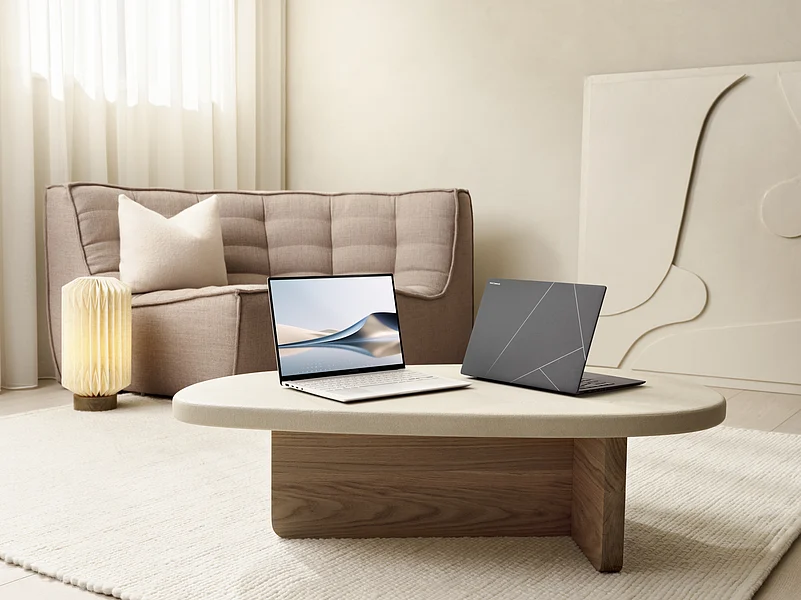
While the keyboard and touchpad are merely okay, the speakers shine bright (or should I say, loud). The four downward-facing speakers did a tremendous job of pumping out the volume in a crisp and clear manner, no matter what I was watching. It’s a joyful, crackle-free sound system. Yes, the bass wasn’t the best, but it wasn’t meant to be.
Battery life
This is where Intel’s new chip impressed me the most. The laptop comes with a 72Wh battery capacity. It doesn’t fully live up to Qualcomm’s Snapdragon X processors nor Apple’s M series chips, but it has outdone most Windows laptops I’ve tried in the past. It easily lasted me a full workday and then some. I was able to eeke out about 12-13 hours on a single charge. This was even with Photoshop running for large parts of it.
Yes, it didn’t get to the 20+ hours of battery life claimed, but it is pretty good. The Intel chip is finally efficient enough to boost the battery life by quite a margin.
Verdict: Best Intel Core Ultra (Series 2) laptop?
I haven’t touched upon all the AI features of the Zenbook S 14 because I feel like I’ve already talked about them in previous reviews of such laptops. And that won’t sway your opinion/decision to buy this laptop. Hardly anyone I know really used the in-your-face AI features yet, so its futile to keep harping on about them.
Now that I’ve gotten that out of the way, let’s talk about my final thoughts.
Like last year's model, the Zenbook S 14 OLED may not be the runaway hit that Asus wants it to be. Nonetheless, it’s got a fantastic OLED display, a really efficient Intel chip, great battery life (a big leap from one generation ago), and good speaker tuning.
The Zenbook S14 OLED is still my favourite thin-and-light laptop out there, but the gap has closed considerably. Asus must double down if it wants to keep its crown for 2025.





